Blogs & News
We are focus on automotive wiring harness & connectors technology.
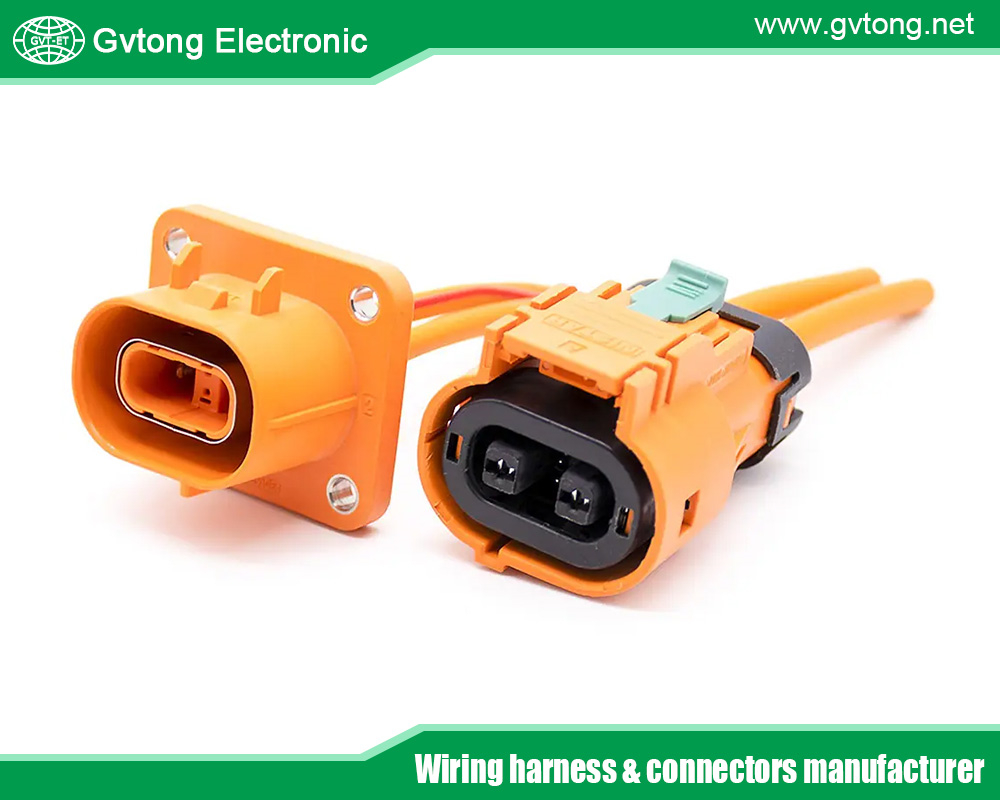
In – depth Analysis of the Core Principles and Key Considerations in the Design of 6 – Cavity Connectors
- Gvtong Electronic
- 6 - cavity connectors company, 6 - cavity connectors factory, 6 - cavity connectors manufacturer, 6 - cavity connectors market, 6 - cavity connectors supplier, 6 - cavity connectors system, 6-cavity connectors, ADAS sensor connectors, Anti-vibration automotive connectors, Automotive shielded connectors, automotive waterproof connectors, Battery management system (BMS) connectors, Blind-mate automotive connectors, China Industrial Electrical Connectors Manufacturers, china photovoltaic connectors manufacturers, electric vehicle EV connector supplier, EV charging connectors, EV charging connectors manufacturers, Fuel cell connectors, High Voltage EV Battery Connector For Electric Vehicles, High-speed data connectors, High-temperature resistant connectors, In-cabin infotainment connectors, Lightweight automotive connectors, Low-contact resistance connectors, Modular automotive connectors, OEM-specific connectors, Oil-resistant automotive connectors, Photovoltaic Connectors For Solar Panels, Photovoltaic Solar Battery Connectors For Energy Storage Systems, Pre-charge/discharge connectors, Quick-fit automotive connectors, V2X communication connectors
- No Comments
In – depth Analysis of the Core Principles and Key Considerations in the Design of 6 – Cavity Connectors
In modern electronic devices and systems, connectors play a crucial role in achieving electrical connections and signal transmission between different components. As a common multi – channel connector, the 6 – cavity connector is widely used in many fields such as aerospace, automotive electronics, and industrial control because it can transmit multiple signals or power simultaneously. The quality of its design directly affects the performance, reliability, and stability of the entire system. Therefore, it is of great importance to have a deep understanding of the core principles and key considerations in the design of 6 – cavity connectors.
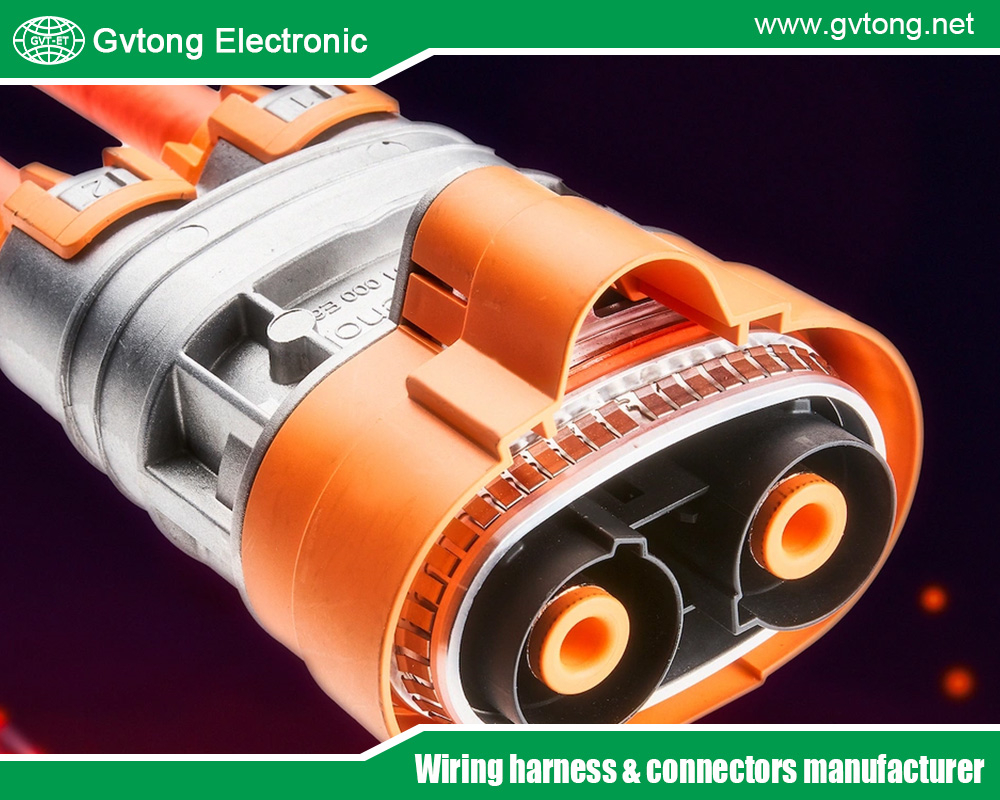
Core Principles of 6 – Cavity Connector Design
(A) Principle of Electrical Performance Priority
- Characteristic Impedance Matching: In the design of 6 – cavity connectors, it is crucial to ensure that the characteristic impedance of the transmission line in each cavity is constant and matches the impedance of the connected system. Mismatched characteristic impedance will lead to signal reflection, reduce the quality of signal transmission, and cause problems such as signal distortion and bit errors. For example, for high – speed signal transmission, the characteristic impedance is usually required to be controlled at 50Ω or 75Ω, which is achieved by accurately designing the outer diameter of the inner conductor, the inner diameter of the outer conductor, and the dielectric constant of the insulating medium.
- Low Insertion Loss and High Isolation: Insertion loss, that is, the power loss of the signal passing through the connector, should be minimized to ensure the effective transmission of the signal. At the same time, high isolation between different cavities is required to prevent signal crosstalk. Using high – quality conductive materials, optimizing the design of the contact interface, and adopting reasonable shielding structures can effectively achieve low insertion loss and high isolation. In high – frequency applications, for example, using gold – plated conductor materials can reduce contact resistance and insertion loss; using metal shielding layers and isolation structures can block electromagnetic interference between cavities and improve isolation.
(B) Principle of Mechanical Reliability
- Robust Structural Design: 6 – cavity connectors need to withstand multiple mechanical stresses such as plugging and unplugging, vibration, and impact, so their structures must have sufficient strength and stability. Using high – strength housing materials such as aluminum alloy or engineering plastics and reasonably designing the shape and wall thickness of the housing can enhance the mechanical damage resistance of the connector. In addition, the structural design of internal contact parts is also very important, which should ensure good electrical connection under mechanical stress.
- Good Plugging and Unplugging Life: The plugging and unplugging life of a connector is one of the important indicators to measure its reliability. Optimizing the material of contact parts, surface treatment technology, and plugging and unplugging mechanism design can improve the plugging and unplugging life. For example, using beryllium bronze and other materials with good elasticity and wear resistance to make contact parts and plating their surfaces with gold or silver can effectively reduce wear and prolong the plugging and unplugging life. At the same time, designing a reasonable plugging and unplugging force and guiding structure can make the plugging and unplugging process smoother and reduce damage to contact parts.
(C) Principle of Miniaturization and Lightweighting
With the development of electronic devices towards miniaturization and lightweighting, 6 – cavity connectors also need to meet this trend. In the design process, the volume and weight of the connector should be minimized on the premise of ensuring performance. Adopting a compact structural layout, new materials, and manufacturing processes is an effective way to achieve miniaturization and lightweighting. For example, using multi – layer printed circuit board technology to integrate multiple cavities in a small space; selecting lightweight high – performance materials to replace traditional heavier materials can reduce weight without reducing performance.
(D) Principle of Cost – Effectiveness
On the basis of meeting performance and quality requirements, cost control is an important consideration in connector design. Optimizing from many aspects such as material selection, manufacturing process, and production scale to achieve the maximization of cost – effectiveness. When selecting materials, comprehensively consider performance and price, and select materials with high cost – performance; optimize the manufacturing process, improve production efficiency, and reduce the reject rate; obtain economies of scale through large – scale production and reduce unit costs.
Key Considerations in 6 – Cavity Connector Design
(A) Contact Part Design
- Selection of Contact Form: Contact parts are the core components of 6 – cavity connectors to achieve electrical connections. Common contact forms include pin – socket type and reed type. The pin – socket type has reliable contact and moderate plugging and unplugging force, and is suitable for a variety of application scenarios; the reed type has good elasticity and low plugging and unplugging force, and is often used in occasions with low requirements for plugging and unplugging force. It is very important to reasonably select the contact form according to specific application needs and performance requirements.
- Characteristics of Contact Materials: The performance of contact materials directly affects the electrical performance and reliability of the connector. Contact materials are required to have good electrical conductivity, wear resistance, oxidation resistance, and corrosion resistance. Common contact materials include copper alloys, beryllium bronze, phosphor bronze, etc., and their surfaces are usually plated with metals such as gold, silver, and nickel to further improve performance. In high – reliability aerospace applications, for example, gold – plated beryllium bronze contact parts are often used to ensure stable electrical connections in harsh environments.
(B) Insulator Design
- Selection of Insulating Materials: Insulators are used to isolate contact parts and prevent short circuits, so their materials should have good insulating performance, mechanical performance, and environmental resistance. Common insulating materials include polytetrafluoroethylene (PTFE), nylon, phenolic plastics, etc. PTFE has excellent electrical insulation performance and high and low temperature resistance, and is suitable for special environments such as high frequency and high temperature; nylon has high mechanical strength and good formability and is widely used in general occasions.
- Optimization of Insulation Structure: Reasonably design the insulation structure to ensure reliable insulation performance under various working conditions. Avoid the occurrence of insulation weak points to prevent electrical breakdown and other faults. At the same time, consider the compatibility between the insulating material and the contact parts and the housing to ensure good bonding force and prevent problems such as loosening and falling off.
(C) Housing Design
- Consideration of Protection Level: According to different application environments, the housing of 6 – cavity connectors needs to have corresponding protection levels to prevent the erosion of internal components by dust, water, chemical substances, etc. A common protection level standard is the IP (Ingress Protection) level. For example, IP67 means that the connector has the protection ability of dust prevention and no water inlet when immersed in water at a depth of 1 meter for 30 minutes. Connectors used in outdoor or harsh industrial environments usually require a higher protection level.
- Key Points of Heat Dissipation Design: When the connector transmits a large current, heat will be generated. If the heat cannot be dissipated in time, the temperature will rise, which will affect the performance and service life of the connector. Therefore, heat dissipation issues need to be considered in the housing design. Using materials with good thermal conductivity, such as aluminum alloy, and designing reasonable heat dissipation structures, such as heat dissipation fins, can increase the heat dissipation area and improve the heat dissipation efficiency.
(D) Assembly and Manufacturing Processes
- Design for Easy Assembly: The design should consider the convenience and operability of assembly, reduce the assembly process and difficulty, and improve production efficiency. Adopting modular design, standardized interfaces, and easy – to – position structures is convenient for the assembly and disassembly of components. At the same time, providing clear assembly guidelines and labels reduces the probability of assembly errors.
- Control of Manufacturing Processes: The accuracy and stability of manufacturing processes have an important impact on the performance and quality of 6 – cavity connectors. Strictly control the parameters of manufacturing processes such as mechanical processing, injection molding, and electroplating to ensure the consistency of product dimensional accuracy, surface quality, and performance. For example, in the mechanical processing process, control the tolerance range to ensure the matching accuracy of contact parts; in the electroplating process, control the thickness and uniformity of the coating to improve the corrosion resistance and electrical performance of contact parts.
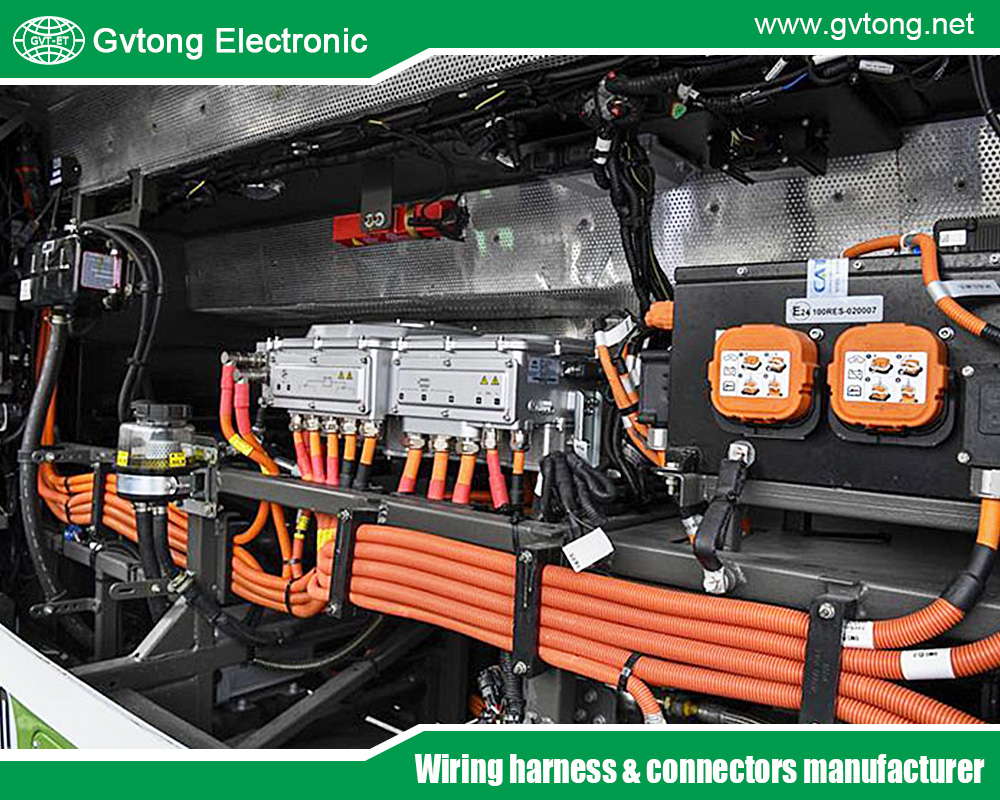
(E) Testing and Verification
- Comprehensive Performance Testing: After the design of the 6 – cavity connector is completed, comprehensive performance testing is required, including electrical performance testing (such as characteristic impedance, insertion loss, return loss, crosstalk, etc.), mechanical performance testing (such as plugging and unplugging force, plugging and unplugging life, vibration, impact, etc.), and environmental performance testing (such as high and low temperature, humidity, salt spray, etc.). Through testing, verify whether the connector meets the design requirements and relevant standards and specifications.
- Reliability Verification: Use accelerated life testing, failure analysis, and other methods to verify and evaluate the reliability of the connector. Simulate various stress conditions in actual use, such as high temperature, high humidity, vibration, etc., shorten the test time, quickly discover potential reliability problems, and take corresponding improvement measures to improve the reliability and stability of the connector.
The design of 6 – cavity connectors is a complex and systematic project, which needs to comprehensively consider many factors such as electrical performance, mechanical reliability, miniaturization, and cost – effectiveness, and focus on the design of contact parts, insulators, housings, as well as assembly and manufacturing processes, testing and verification. Only by following these core principles and mastering the key points can we design high – performance and high – reliability 6 – cavity connectors to meet the needs of continuously developing electronic devices and systems.
For more about the best in – depth analysis of the core principles and key considerations in the design of 6 – cavity connectors, you can pay a visit to Gvtong at https://www.gvtong.net/ for more info.
Recent Posts
Revealing the Core Advantages of Automotive Hybrid Connectors
What is the 12 Volt Automotive Wire Connector
Recommend the Best ADAS Automotive Connector Manufacturers in China
What is an Electrical Distribution System and How to Choose It
The Top Automotive Electrical Connectors Manufacturers You Want to Know
How to Choose the Best Automotive Connector Suppliers in Vietnam
The Best High Current Connectors Automotive Manufacturer in China
Tags
Recommended Products
-

GM Series – Positive and negative junction box – inclined port
-
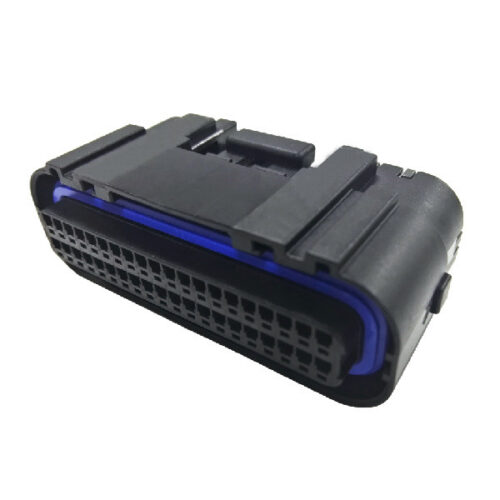
GE Series-34/40-core double-row signal connector
-
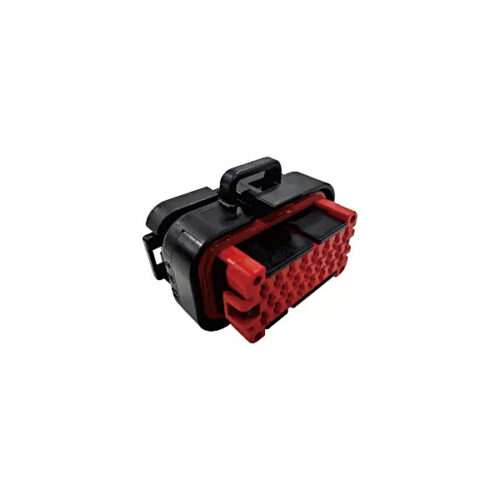
Signal connector – waterproof, three rows, 23 cores
-

Signal connector – waterproof, three-row, 14-pin
-
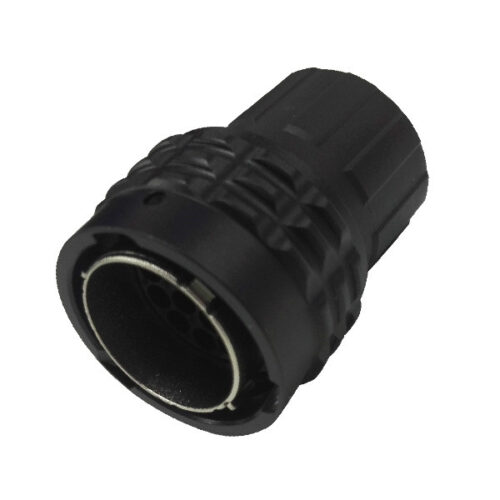
GR Series-12-core 14# circular signal connector
-
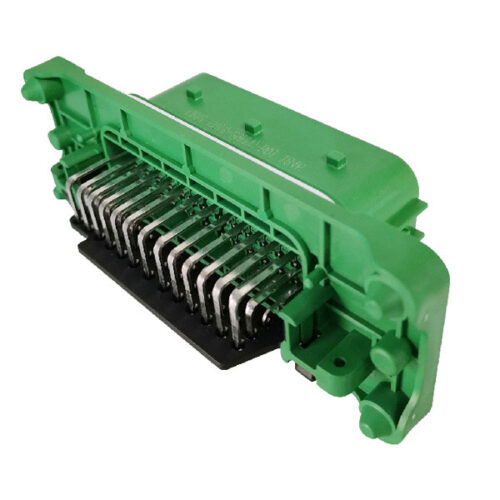
GE Series-39-core rectangular connector-socket
-
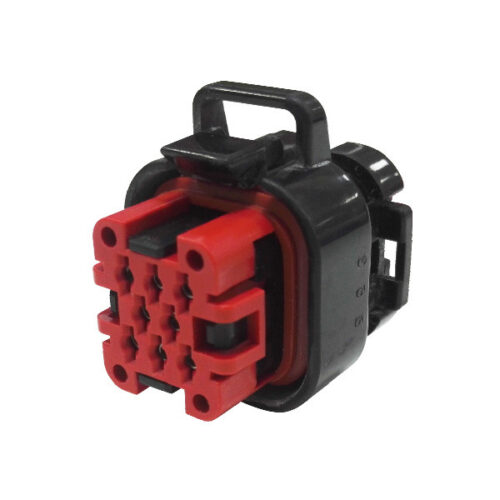
GE Series-8-core three-row signal connector
-
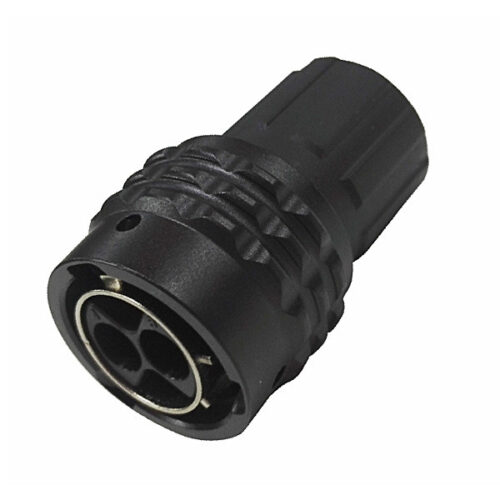
GR Series-2-core 12# circular signal connector
